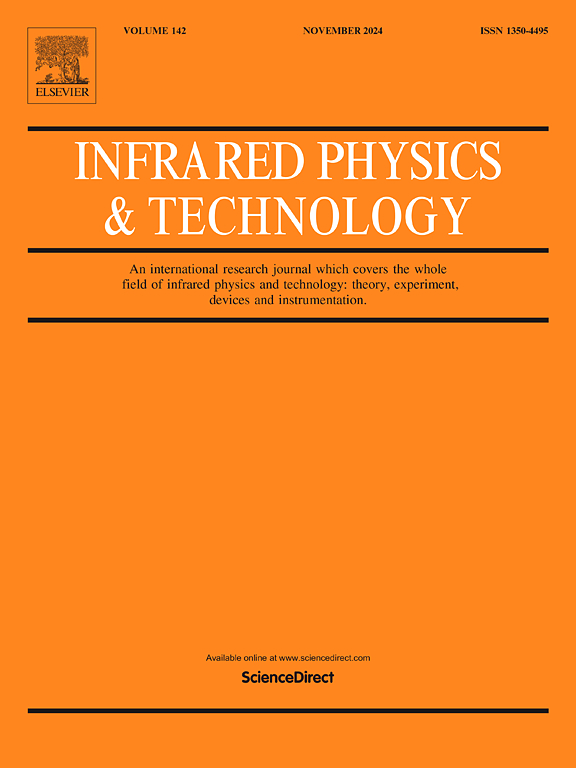Enhancing thermal infrared image colorization through reference-driven and contrastive learning approaches
IF 3.1
3区 物理与天体物理
Q2 INSTRUMENTS & INSTRUMENTATION
引用次数: 0
Abstract
Thermal infrared image colorization remains challenging due to limitations in existing methods, such as insufficient detail preservation and inaccurate color rendering. This paper presents a novel colorization approach that leverages reference images and contrastive learning to address these issues. Our model employs a dual-encoder generator architecture, allowing for detailed feature extraction from both infrared and reference images to enable precise color transfer. Key modules, including the Multi-Receptive Field Feature Integration Module (MFIM) and Channel–Spatial Feature Enhancement Module (CSFEM), enhance feature extraction and integration, while the Improved Stop-Gradient Attention Module (ISGA) ensures accurate feature alignment. A composite loss function combining adversarial, perceptual, and contrastive losses further refines the model’s output. Experimental results on benchmark datasets show that this method significantly improves colorization quality, generating visually realistic and detailed images, thus advancing applications in post-processing, object detection, and scene analysis within the infrared domain.
求助全文
约1分钟内获得全文
求助全文
来源期刊
CiteScore
5.70
自引率
12.10%
发文量
400
审稿时长
67 days
期刊介绍:
The Journal covers the entire field of infrared physics and technology: theory, experiment, application, devices and instrumentation. Infrared'' is defined as covering the near, mid and far infrared (terahertz) regions from 0.75um (750nm) to 1mm (300GHz.) Submissions in the 300GHz to 100GHz region may be accepted at the editors discretion if their content is relevant to shorter wavelengths. Submissions must be primarily concerned with and directly relevant to this spectral region.
Its core topics can be summarized as the generation, propagation and detection, of infrared radiation; the associated optics, materials and devices; and its use in all fields of science, industry, engineering and medicine.
Infrared techniques occur in many different fields, notably spectroscopy and interferometry; material characterization and processing; atmospheric physics, astronomy and space research. Scientific aspects include lasers, quantum optics, quantum electronics, image processing and semiconductor physics. Some important applications are medical diagnostics and treatment, industrial inspection and environmental monitoring.

 求助内容:
求助内容: 应助结果提醒方式:
应助结果提醒方式:


